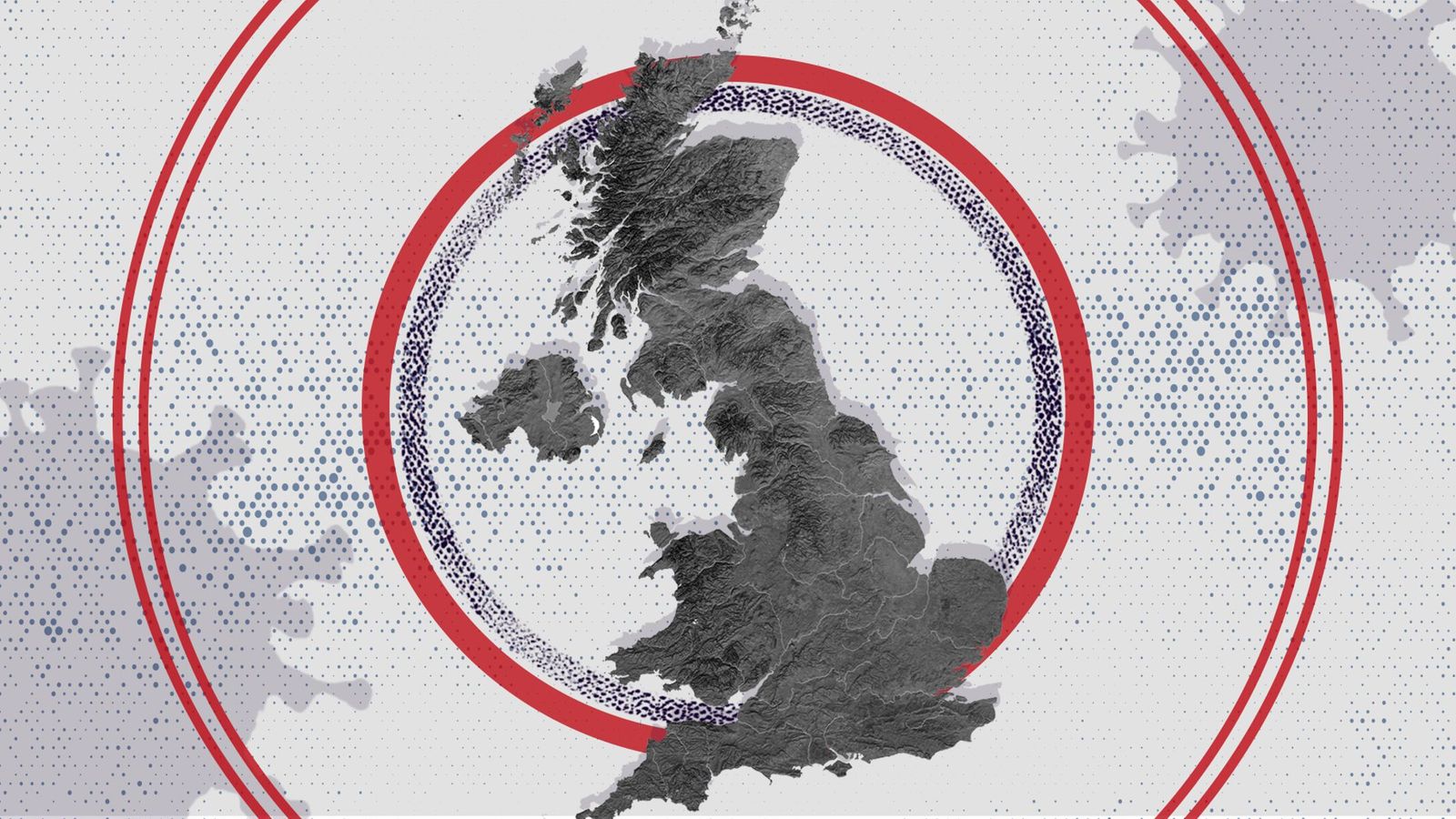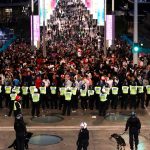There has been a surge in COVID-19 infection rates in the under-30s across most of England, but in some of the hardest-hit parts of the North West cases are starting to fall.
Data shows infections are now rising outside the original hotspots in the North West, with a notable surge in cases among 20 to 29-year-olds across all regions of England.
While infection rates are still significantly higher in the North West, the spread is beginning to slow and in some of the areas that have been hardest hit by Delta, case rates are even beginning to fall in the under-30s.
Blackburn with Darwen, Hyndburn and Burnley still have some of the highest infection rates in England but have seen a fall in the seven-day rolling case rates per 100,000 people for 20 to 29-year-olds over the past few weeks.
Professor Ian Jones, Professor of Virology at the University of Reading, said this trend can be attributed to both the vaccination programme and non-pharmaceutical interventions.
He said: “Lesser disease means less transmission so a combination of vaccine rollout and increased adherence to social measures in the face of abundant media information is behind the drop.”
Indeed, data shows that in areas where case rates are falling, people are visiting public spaces less.
Google’s mobility index for retail and recreation, which aggregates anonymised data from users’ location history, shows a six percentage point fall in movement over the last two weeks of available data in Blackburn with Darwen. Similar trends can be seen in neighbouring South Ribble.
But this also points to the importance of other factors like vaccines, as the drop in mobility is nowhere near as pronounced as it was when restrictions tightened at the end of December, ahead of a dramatic decline in infection rates in January.
In May, hard-hit regions in the North West ramped up vaccine rollout to younger age groups in response to rising infections. In the week ending 20 June, 54% of under-30s in Blackburn with Darwen had received the first jab, while in Bolton 58% had.
Only around 20% of under-30s in these regions had been double vaccinated by 20 June, however, and there are questions about whether accelerating the rollout of first doses alone is enough to slow infection rates. Public Health England reports that the first jab is 18% less effective against Delta as Alpha.
But Daniel Altmann, Professor in the Department of Immunology and Inflammation at Imperial College, said there are signs that single vaccinations are effective at slowing the spread of COVID.
He said: “All the lab-based analysis suggests that one dose offers really insubstantial protection, but real-life data such as this suggest that even the very low levels of protection can have quite a big effect – though obviously impossible to separate this out from effects of lockdown.”
What we know is that double vaccinating the adult population is critical for controlling the spread of infections. This is why the government aims to offer two doses to two-thirds of adults by 19 July, when it hopes to lift the remaining COVID restrictions.
Dr Stephen Griffin, a virologist at the University of Leeds, said the accelerated rollout of second doses is “incredibly important” for controlling the spread of COVID.
“We know that mRNA based vaccines are effective with just a three-week interim period, and trials looking at mixing of vaccines have had encouraging interim data,” he says. “Three weeks may not be feasible, but I would urge that things were brought forward as much as possible.”
Even if the government achieves the planned rollout of double doses by mid-July, there are questions about whether it is wise to push forward with lifting restrictions.
Non-pharmaceutical interventions are still “incredibly effective” against the spread of Delta, said Dr Griffin.
“This makes the planned release of restrictions in July seem premature in my view, unless the vaccination programme has dramatically increased the administration of second doses by this time,” he added.
Analysis: Is the data going the right way?
By Thomas Moore, health correspondent
Could the third wave turn out to be more of a ripple?
It certainly looks like it from a growing amount of evidence.
Firstly, national data shows cases are no longer rising exponentially. They were doubling every 11 days. Now it’s every 17 or 18 – and the growth rate could even level off later this week.
Secondly, Sky News analysis of the hotspots has shown that the infection rate has cooled dramatically, even in the young.
It’s likely to be a combination of surge testing, behaviour change that inevitably comes with publicity about a dangerous new variant and, probably most significantly, the accelerated vaccine rollout.
The virus is increasingly meeting a wall of immunity. In older people that comes from a double dose of the jab. And many younger people have antibodies from being infected with COVID.
It means there are fewer people out there vulnerable to the virus, so while cases can bubble up the surge isn’t sustained.
It’s not herd immunity, which would extinguish the virus altogether. But population immunity isn’t all or nothing. The more people who have protective levels of antibodies, the slower the virus spreads.
Seasoned virologists who have despaired at spiralling cases in previous waves of the UK’s epidemic are increasingly optimistic this time round.
The data is beginning to go the right way. And Freedom Day looks ever more certain.
The Data and Forensics team is a multi-skilled unit dedicated to providing transparent journalism from Sky News. We gather, analyse and visualise data to tell data-driven stories. We combine traditional reporting skills with advanced analysis of satellite images, social media and other open source information. Through multimedia storytelling we aim to better explain the world while also showing how our journalism is done.






















